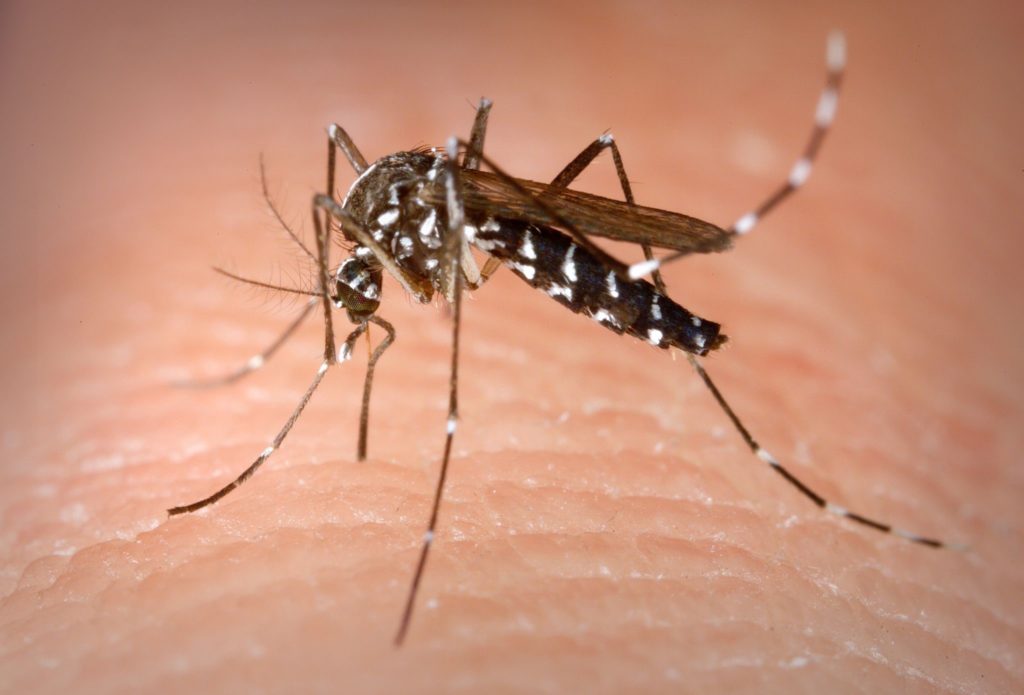In the case of Kerala, as we forecasted in an article on August 25th, Water and Vector-Borne Diseases [Have Become] the Next Threat for Kerala Flood Survivors.
At least 66 people in Kerala have died since August 22nd, not as a direct result of the flood, but from contracting the bacterial infection leptospirosis. The number of suspected cases of the infection is now in excess of 800 and that number appears to be growing.
Now the survivors are facing a new threat from increasing reports of incidents of dengue fever.
Leptospirosis, otherwise known as Weil’s Disease and commonly called “rat fever,” is contracted during the initial flood abatement periods as people are wading through contaminated water. The bacteria is transmitted by animal urine and is contracted by humans through sores, scrapes, and cuts.
The potential for the spread of the disease remains as the water recedes into the earth, leaving the bacteria present in the mud left behind in streets, homes, and businesses. Anyone involved in cleanup has the potential of being exposed.
People involved in rescue and recovery efforts are often first victims. The disease is easily managed with antibiotics if diagnosed and treated in time. Although the Kerala Government Medical Officers Association issued several alerts advising rescue crews to take doxycycline 200, “most of them . . . ignored the advice.”
Now, the all too familiar threat of dengue fever appears to be mounting as mosquitos breed in stagnant water and menace the post-flood population.
There are also reports of outbreaks of Hepatitis A, chicken pox, and other debilitating ailments.
Please continue to pray for the people of Kerala as they face the long road to recovery and reclaiming their lives.
To read more on the flooding in Kerala, India, go here.
Sources:
- Quartz India, In flood-hit Kerala, an easily treatable disease has killed nearly 70 people
- The Times of India, Kerala: After leptospirosis, it is dengue now
- The Indian Express, What is Leptospirosis?
Image Source:
- By James Gathany/CDC [Public domain], via Wikimedia Commons
